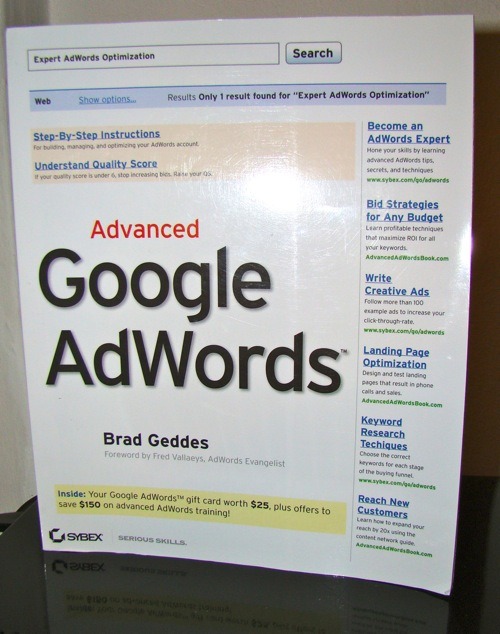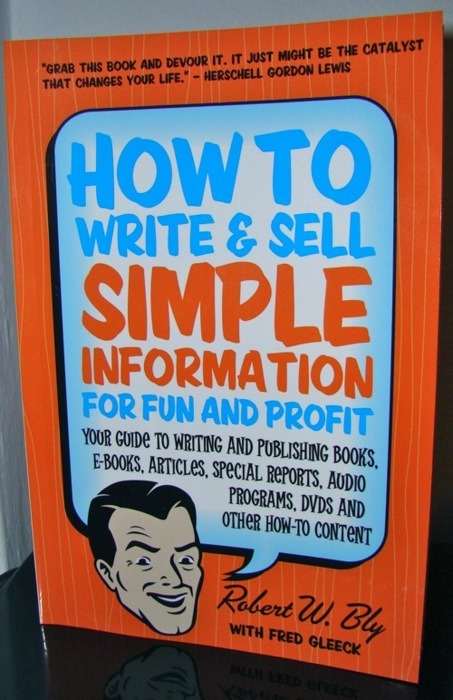Initially, I bought copy hackers at its released. Sometimes I looked into it and thought how cool it was but never worked through it. Now its finally time!
Book 1: Where Stellar Messages Come From
- You need a clear gasp of your message before you begin writing
- General principles
- Some visitors want to read a lot, others don’t
- Provide social proof
- Support concepts with videos
- Try to prove your claims
- Clarity above cleverness
- Your strategy don’t have to be set in stone. Update it if you get new useful information about your customers.
Your massage can be divided into
- What you say
- How you say it
It’s not about crafting beautiful sentences, it’s about writing copy that sells.
Every message needs to be a message your ideal visitors want to see, i.e. you have to do research first.
- What’s your target market?
- Ask your email subscribers
- Ask people in the streets
- Get involved in forums
- If you got tons of money – buy reports
- Use CI tools like compete
- Get demographic details
- Learn about their behavior + language
- Create actionable segments – high likelihood of visits + compensation
- What are your customer’s pain points?
- Check your competitors’ sites
- What phrases are your audience searching?
- Check your own traffic: PPC, organic, etc.
- Monitor social media for your customer segment
- Ask your customer
- What is your customer’s primary motivation?
- Why are people coming to your site?
- Remind the visitors that you solve their problem
- Get them to nodding along with what you’re saying
- Confirm their intent
- CTA
If you try to appeal to every visitor, you will end up appeal to nobody.
Product positioning document
- Features: all features you have
- Unique to us: check this if you are the only one that offers that feature, otherwise write competitors name here
- Customer Pain solved: see previous customer research
- Benefits: write at least one benefit (see below) per feature, if you have none – erase the line
- Priority
Benefits
Benefit – value your customer derives from your product
Benefits don’t have to be liked to features; things like design and corporate values can also play a role
- You don’t have to write everything – use images and video!
- Positive or negative benefits?
- Keyword research
- Brainstorm and collect keywords
- Use Adwords to refine your keywords
- Use them in your copy
- Do a small content audit with your keywords
- Content Audit
- Understanding existing messages
- Value proposition / headline
- Top message
- CTA – language, design, position
- Additional elements, like social proof
- Stuff that wows you
- Build a logical ranking for your messages.
Tips
- Start with writing a lot and then cut it back
- You don’t need to explain every statement you write
- Keep your offers simple
- Write believable copy
- People want solutions that work
- Use news to your advantage
- Positioning is important
- Writing is hard but hang on
Book 2: Formatting & the Essential of Web Writing
Format your copy to be scanned
Tips
- Capitalize Important Words
- Trade periods and commas for dashes in long sentences
- Use 1, 2, 3 instead of one, two, three
- Replace and with &
- Make the font large enough
- Use periods. More often than normal.
- Group text chunks together
- Bold – only bold stuff that matters
- Bullet list – use it for things that are strongly related; put the 2nd/3th important point at the bottom (people think it’s your least important one)
- Buttons – don’t limit yourself to traditional buttons; use individual images; two lines of text, etc.
- Coloring – use it sparkly
- Arrows – use them to point to important things, e.g. CTAs
- Font size – use large enough font size, it’s easier to read
- Highlighting – special attention
- Icons & Images – special attention
- Line Spacing – more for smaller font sizes
- Paragraphs – should be under 4 lines
- Links – should look like links
- Typography – cool types get noticed
- Web-Writing details
- Write copy with substance otherwise don’t write it at all
- Use 3 groups to describe things
- Get rid of intro words, e.g. “Little did they know
- Start with a verb
- Keep your sentences / lists short
- Address one idea per chunk
- Write meaningful headlines
- Use elements with strong colors
- Expose critical information
- Provide proof
- Use customer feedback as copy
- Ask questions
- Use keywords
- Be concrete
- Write in your attitude – if you’re funny, write funny
- Copy kids’ books – big font, clear language, small chunks of text
Pitfalls
- Keep quiet about what you are doing
- Focus on you instead your customer
- Overuse one type of formatting
- “Welcome to X”
- Write generally
- Use big words
- Making it hard for the user
- Providing too many different things / widgets
- Using generic stock photos
- Relying on best practices
- Don’t test
- Don’t proofread
- Don’t put unnecessary limitations on yourself
Facts
- Your headline is the most important copy – if you test copy, test your headline
- Images can be better than text
- Copy is important on the web
- Write for a sixth-grader
- Use active voice
Book 3: Headlines, Subheads & Value Propositions
The purpose of your headline is to keep the visitor on the site
Headlines have to
- Match visitor expectations
- Intrigue the customer
- Communicate the page goal
- Appeal to the customer
The subhead should hold their attention, expand on the headline and attract them to continue down the page
You should write unique headlines for each page and follow the characteristics above. For example, “How it Works” page’s headline shouldn’t just be “How it Works”.
Tips for great headlines
- Make an almost(!) unbelievable promise – which you can prove
- Use time limit in which your claim will be realized
- Reject the most common objection
- Use unexpected elements, e.g. analogies, references, questions, words
- Appeal to visceral human motivations – greed, lust, pride, power, revenge
- Use trigger words, like secret, worth, instantly, feel, #1
How to choose one? Imagine three prospects reading the headlines – which one will make them completely excited?
Formulas for headlines
- Desirable thing + time limit + consequence if not delivered, e.g. “Your dream house blueprints in 7 days or they’re free”
- “Now” + desirable thing + “even if”
- Use numbers as social proof, e.g. “59,000 people already …”
- Use numbers in list, e.g. “X ways to … “
- Use “why”, “when” or “how”
- The + adj, adj + “way to …”
Don’t overdo headlines – always answer: What can a person do and what will be their benefit from doing that?
Subheads
Possible tasks of the supporting line
- Expand on benefit / feature
- Introduce a new benefit
- Clarify the claim on your headline
- Subheads in the text
- Transition from one point to another
- build credibility and prove claims
- short, clear and benefit-focused
Tips
- Test every headline
- Target pain
- Try to be bold
- Avoid . and ! at the end
- Be realistic
Value Proposition / Unique benefit statement
What is unique and important about your solution?
For startup / small business put the VP / UBS on your homepage and blog respectively the page that get the most traffic.
Attributes
- Highlights the benefits for your best prospects
- Is Unique
- Is a single clear statement
- Is memorable
Also remember: your message must be honest and believable
The VP helps your team also focus on the most important things
Book 4: Buttons & Click-Worthy Calls to Action
Every page should have at least one clear CTA.
Primary CTA should be a button
Secondary CTA button or text link
Attributes
- Imperative
- Use articles or prepositions
- Be specific
- Show benefits if useful
Make it easy to do the CTA, i.e. position it on the top, bottom and somewhere between (if the text is long).
What will be the headline on the following site to the CTA?
Things to put in multilines buttons
- Discounts
- End-dates
- Length of time to complete action
- Shipping info
Sales Objections
I don’t really need this
I don’t have the authority
I don’t want to be sold to
I have more important things to do
My existing solution is good enough
Your company isn’t capable / credible
Your price is too high
I can’t convince others of my decision
Consumer Anxiety
Appearance should match your visitor’s visual biases – “This site looks like a site for X”
Loss aversion
Click Triggers
convince people to click the nearest button
simple ones like “free returns”, “save $60”, “top-rated”, etc.
aggressive ones like “Absolutely Zero Risk”, “We always ship via FedEx overnight”, etc.
Forms
Make them explicit and with instructions
CTA can be videos / demos
Also inform your visitors, what to do next
There’s a new book released called Writing Long-Firm Sales Pages with about 250 pages it is longer as all the previous books together but also quite expensive (about $50).
Originally, I bought the first 4 books at launch for about $20 and I think that’s a good price. At the moment, all 5 books cost about $60 together – and because I haven’t read the 5th one, I can’t say if it’s a good deal. However, if you see one of the sales of this series for maybe $20-30, go get it. It’s an excellent series, lots of examples and no fluff, which I love. Recommendation



